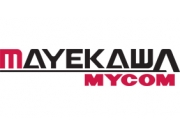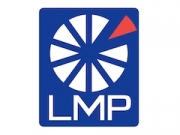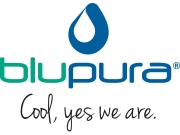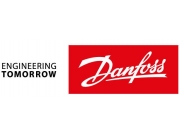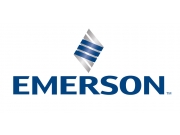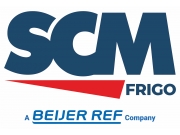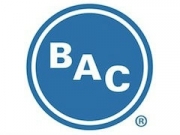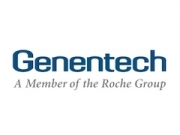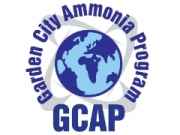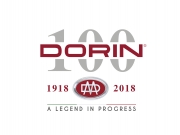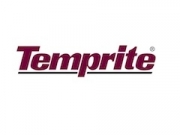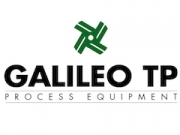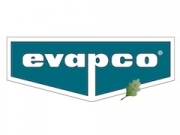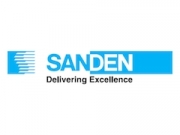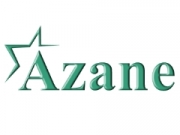Events
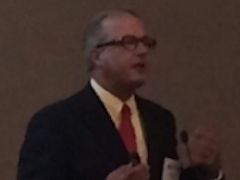 |
Luke Facemyer - Food industry utilizes natural refrigerants for office HVAC
PDF document
published on 18 June 2014
From Stella, Luke Facemyer highlights the potential of natural refrigerants to replace HFC gases, in particular in the commercial refrigeration sector, and presents some case studies of CO2/NH3 systems and ammonia chillers. Facemyer concludes by looking at distributed refrigeration as a future solution.
view presentation
 |
Carnie Marsh - Low Charge CO2/ammonia cascade system
PDF document
published on 18 June 2014
Alfa Laval’s Carnie Marsh highlights the advantages and disadvantages of cascade CO2/ammonia refrigeration systems, which represent practical alternatives to conventional two-stage ammonia systems for the lower temperature spectrum. Marsh presents Alfa Laval’s semi-welded plate heat exchanger & UTurn(p)TM separator system, developed in order to increase reliability, reduce refrigerant charge and go beyond the conventional gravity separator to a separation by centrifugal forces. He finishes by highlighting the system’s advantages in terms of ammonia charge.
view presentation
 |
John S. Scherer - Very low charge ammonia
PDF document
published on 18 June 2014
John S. Scherer of the Los Angeles Cold Storage Company gives an overview of the current state of the warehouse refrigeration industry. Scherer presents the technical characteristics and advantages of the newly developed NXTCOLDTM technology for ammonia systems by providing evidence from corresponding installations. The NXTCOLDTM uses less than 100 lb (45.36kg) of ammonia per refrigeration system and requires minimum installation time.
view presentation
Regulations & Standards Session |
 |
Tom Land - Update on EPA actions
PDF document
published on 19 June 2014
Tom Land, who leads the EPA’s Greenchill Partnership, provides an update on the recent and upcoming activities of the US Environmental Protection Agency (EPA) towards limiting the use of high GWP HFCs. The President’s Climate Action Plan asks executive agencies, such as the EPA, to continue leading the international negotiations on the inclusion of HFCs under the Montreal Protocol. In addition, it requires domestic action on HFCs, which will take the form of new SNAP approvals, together with status changes for certain refrigerants due to be published this summer.
view presentation
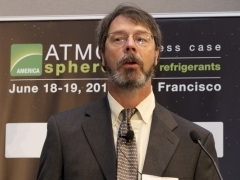 |
Glenn Gallagher - Regulation of high-GWP refrigerants
PDF document
published on 19 June 2014
In his presentation, Glen Gallagher of the California Air Resources Board (CARB) focuses on the California Scoping Plan that foresees strengthening the limits on the use of high GWP HFCs, which could take the form of a fee on high-GWP HFCs, restrictions on their use or a phase-down of HFCs similar to the one recently adopted under the EU F-Gas Regulation. A draft plan on HFC actions is expected to be published in 2015 and comments from industry representatives will be sought.
view presentation
 |
Ed Cheng - Modeling the greenhouse gas emissions impacts of refrigeration systems
PDF document
published on 19 June 2014
The San Francisco State University has been selected by the California Air Resources Board (CARB) to conduct cost benefit and feasibility analysis of low-GWP refrigerants in the sectors of commercial refrigeration. Ed Cheng presents the objectives, considered models for the evaluation, and challenges involved in conducting such analysis.
view presentation
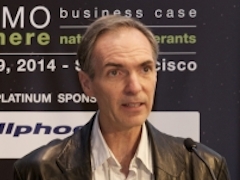 |
Barry Karnes - Natural refrigerants and UL standards
PDF document
published on 19 June 2014
Barry Karnes of the Underwriters Laboratories (UL) presents on the natural refrigerant relevant activities of the UL’s Joint Task Group (JTG) and its working groups.
view presentation
 |
Alexandra Maratou - Legislative update from the EU and Japan
PDF document
published on 19 June 2014
Alexandra Maratou of shecco gives an overview of the measures adopted under the EU F-Gas Regulation and outlines some of the measures taken at the national level in Europe that are driving the introduction of natural refrigerants, such as HFC taxes or incentive schemes. The second part of her presentation provides an update on current discussions on the F-Gas Regulation in Japan and outlines possible measures that are likely to be adopted and planned to be effective as of April 1st 2014.
view presentation
Energy providers session: Heat pumps and refrigeration |



